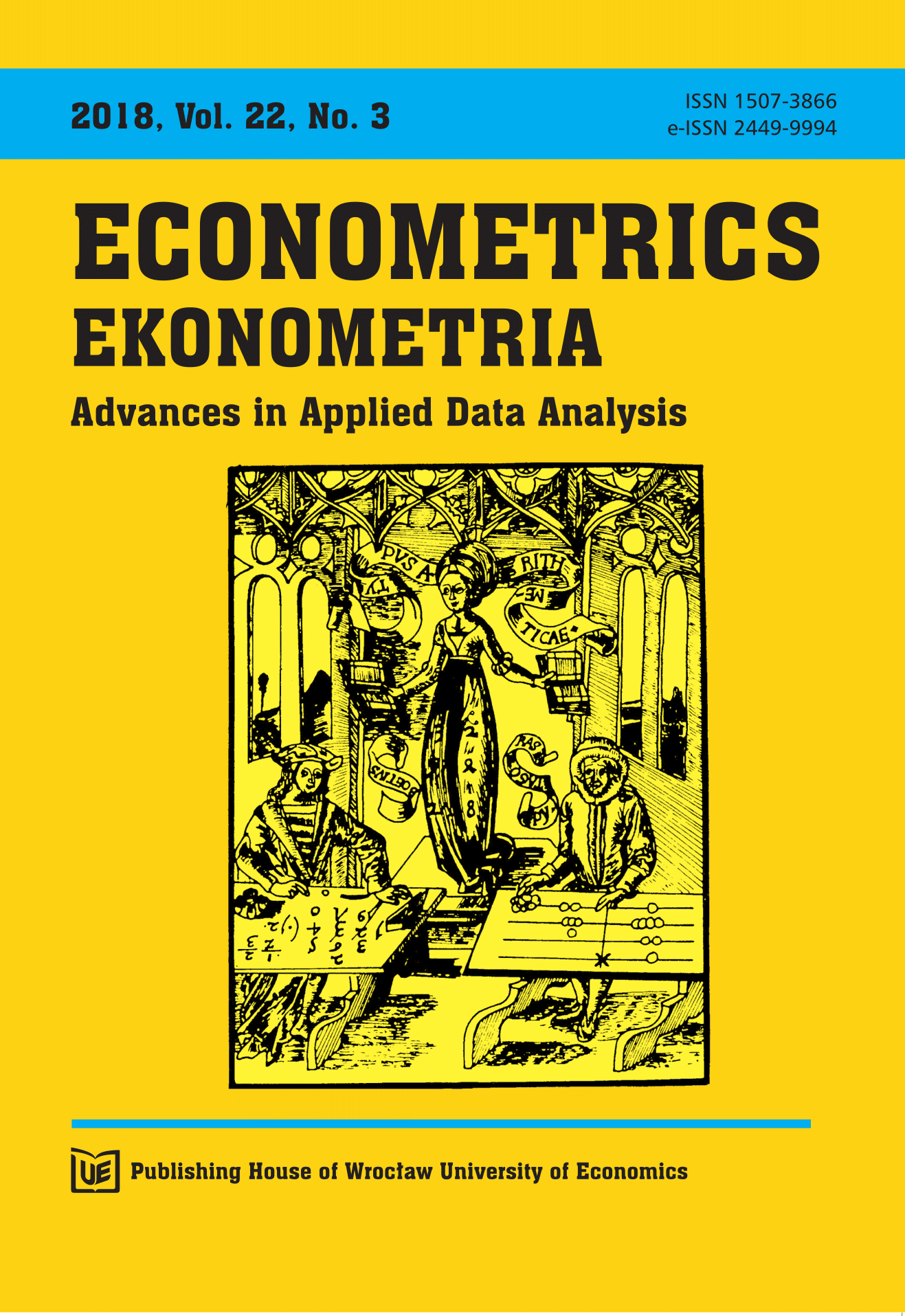Kryteria identyfikacji stanu aktywności ekonomicznej ludności stosowane w badaniach BAEL versus subiektywna ocena respondentów – implikacje dla badań
bezrobocia
Criteria used in the LFS to identify the population’s economic activity status vs. the respondents’ subjective
views: implications for unemployment research
Author(s): Włodzimierz KołodziejczakSubject(s): Business Economy / Management
Published by: Wydawnictwo Uniwersytetu Ekonomicznego we Wrocławiu
Keywords: Labour Force Survey (LFS); unemployment; economic activity; inflow/outflow analysis
Summary/Abstract: In the Labour Force Survey (LFS) the interviewees are considered as employed, unemployed or professionally inactive based on “objective” criteria defined in the survey’s methodological assumptions (e.g. the fact that a person is seeking employment, waiting to start work or worked at least one hour in the reference week). In use since 1992, the above approach allows the classification to be unaffected by the respondents’ subjective feelings. Since 2006, LFS respondents have been also allowed to identify their economic activity status by themselves. The objective of this paper is to indicate and attempt to explain the differences between the results based on the identification of economic activity statuses as per the criteria adopted by the Central Statistical Office and the LFS respondents’ own assessment of their economic activity status. This paper assessed the rationale behind each approach and the implications thereof for the procedure and results of unemployment surveys from a static and dynamic perspective.
Journal: Ekonometria
- Issue Year: 22/2018
- Issue No: 3
- Page Range: 99-113
- Page Count: 15
- Language: English

